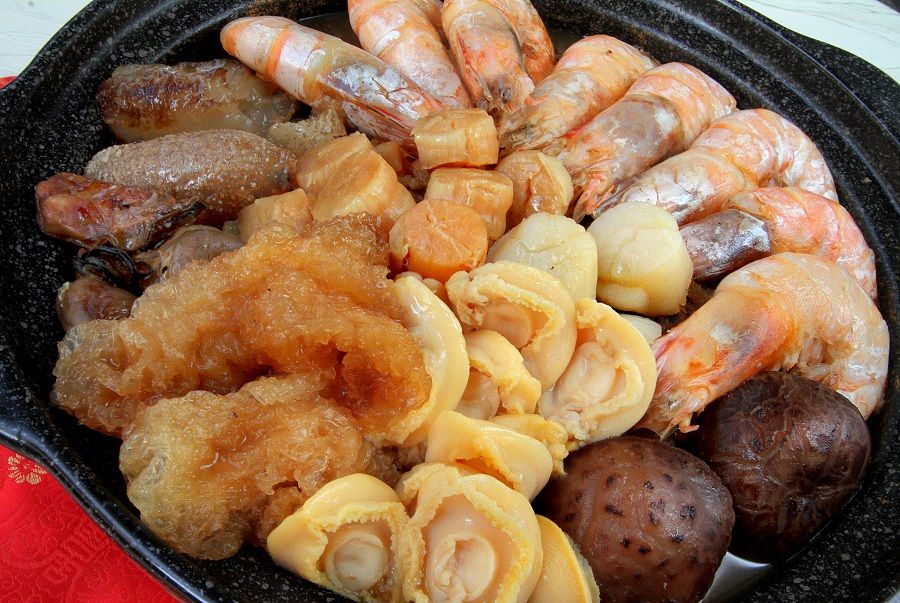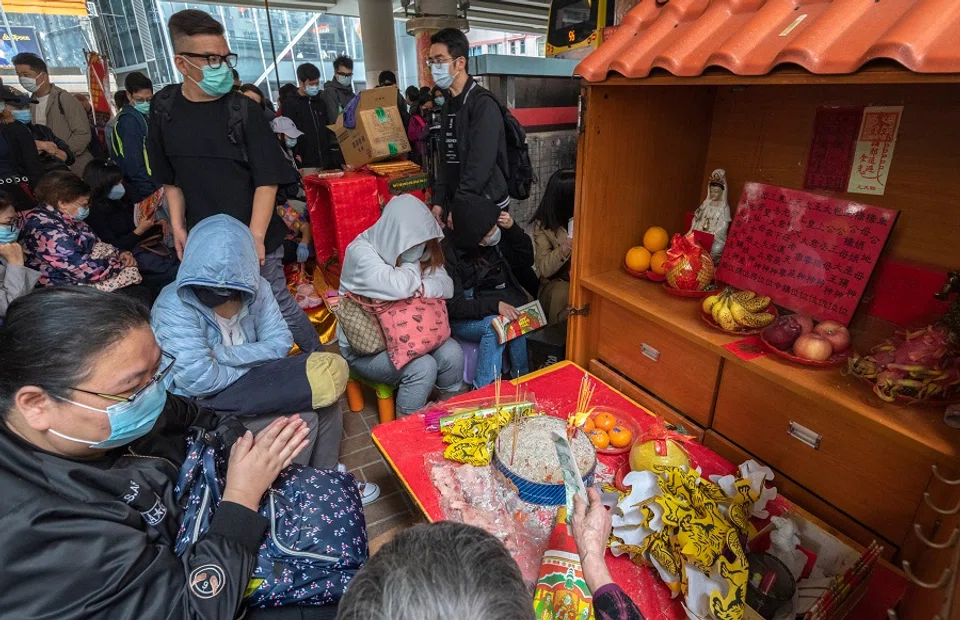Hong Kong's intangible cultural heritage and the preservation of Lingnan culture

People often ask me what I think about Hong Kong's intangible cultural heritage (ICH) and whether it is any different from that of other Chinese regions. My answer is simple: firstly, as Lingnan (岭南) culture forms the basis of Hong Kong culture, Hong Kong's ICH is a continuation of Lingnan's cultural traditions. Secondly, as Hong Kong was colonised by the British for one and a half centuries, the impact of British colonial rule is also reflected in its cultural traditions.
As a continuation of Lingnan culture, Hong Kong's ICH comprises 20 items; most of them are related to Lingnan culture with the exception of Hong Kong-style milk tea. Ten of the 20 items are also on the national list of ICH: Cantonese opera; herbal tea; Cheung Chau Jiao Festival; Tai O dragon boat water parade; Yu Lan Festival of Hong Kong's Chiu Chow community; Mid-Autumn Festival - Tai Hang fire dragon dance; the art of the Guqin (the craft of qin-making); Quanzhen temples Taoist ritual music; the Hakka Unicorn Dance in Hang Hau and Sai Kung; and Wong Tai Sin belief and customs (Cantonese opera became a world ICH item in 2009).

Ten more items were added later, including Nanyin (南音, Southern tunes); Spring and Autumn ancestral worship of clans; Tin Hau Festival; Mid-Autumn Festival - Pok Fu Lam fire dragon dance; Taoist ritual tradition of the Zhengyi (正一) School; sek pun (食盆 shi pen, basin feast); Hong Kong-style milk tea making technique; paper crafting technique; the technique of making Hong Kong cheongsam and kwan kwa (裙褂 qungua) wedding costume; and bamboo theatre building technique.
On the one hand, the British Hong Kong government's contempt for local folk cultures and devil-may-care attitude actually allowed them to flourish...
Preserved against all odds
Notably, Hong Kong's history as a British colony has, to a considerable extent, ironically helped to preserve and develop Hong Kong's ICH. On the one hand, the British Hong Kong government's contempt for local folk cultures and devil-may-care attitude actually allowed them to flourish without the hindrance of modernisation for the sake of Western progress.
On the other hand, China's radical political reforms since the Qing dynasty have been aimed at eradicating traditional culture and learning the ways of the West to make the country rich and strengthen the military. The authorities saw folk traditions as the cradle of backwardness, ignorance and superstitions, and couldn't wait to annihilate folk religion and clan organisations.
Thus superstitious behaviour like "villain hitting" should neither be harshly prohibited nor widely encouraged.

As a result, we observe a rather peculiar historical phenomenon: the preservation of Lingnan culture's religious practices and ancestral worship in British Hong Kong.
Take Hong Kong's 20 ICH items as an example. Apart from performing arts and food customs, almost all items are related to folk rituals and ancestral worship, including sek pun. Some people think that sek pun is just a rural cooking practice that merely highlights the abundance of food but it is not so simple. Sek pun is in fact a clan ancestral worship ritual where clansmen share in the legacy of their ancestors after worshipping them. Clansmen would hold sek pun for occasions like jiao (醮 Taoist ritual/festivals), weddings, birth of baby boys, and consecration ceremonies for ancestral halls, where poon choi (盆菜 pen cai) would be served and shared with clansmen gathering round the table. This symbolises unity within the clan and is rich in Lingnan culture (especially that of the Hakka community).

Superstitions and negative practices ruled out
But some traditional Lingnan customs are indeed superstitions that violate good morals and are highly controversial. For example, eating incense ash to cure diseases and harming others with sorcery should be discouraged in modern society.
When discussing which Hong Kong's folk customs should be listed as an ICH, two items stirred up the most debate. One was "villain hitting" (打小人) beneath Bowrington Bridge (Canal Road Flyover). While some ICH committee members thought that this custom helped people release hatred and could be seen as a form of psychotherapy, others felt that the moral underpinnings of the act were deplorable and in fact a form of ancient sorcery and moral regression. The United Nations Educational, Scientific and Cultural Organization (UNESCO) stipulates that an ICH must not go against good morals and should promote cultural inheritance and enhance people's cultural literacy. Thus superstitious behaviour like "villain hitting" should neither be harshly prohibited nor widely encouraged.
They are actually problems related to social transformation, and need to be discussed more rationally.

The other practice that stirred up much discussion was the ritual of borrowing money from goddess Kwun Yum (观音 Guan Yin). In practice, this ritual involves a series of complex issues and somewhat advocates usury - will this in turn embolden loan sharks? If it just involved a spiritual activity without moral dilemmas, like praying to Kwun Yum for a child, it would not have been so problematic. Controversies are common when safeguarding ICH. They are actually problems related to social transformation, and need to be discussed more rationally.
Cultural traditions empower people. Emphasising that the "root" of Hong Kong culture lies in Lingnan culture is not about sticking to the old but about granting people spiritual strength and a sense of belonging. Promoting ICH is in fact about promoting the spiritual power that cultural traditions bestow upon us.
Related: Cultural historian: Why do civilisations pass down their cultures? | Diplomat, book addict, concubine and sage, all in an old alley of Suzhou | Exploring Dehua porcelain and Anxi tea with a Dutchman | Song dynasty emperor's brewing secrets in a cup of HK milk tea | Proverbs and sayings: Understanding a culture's biases, thoughts and way of life
